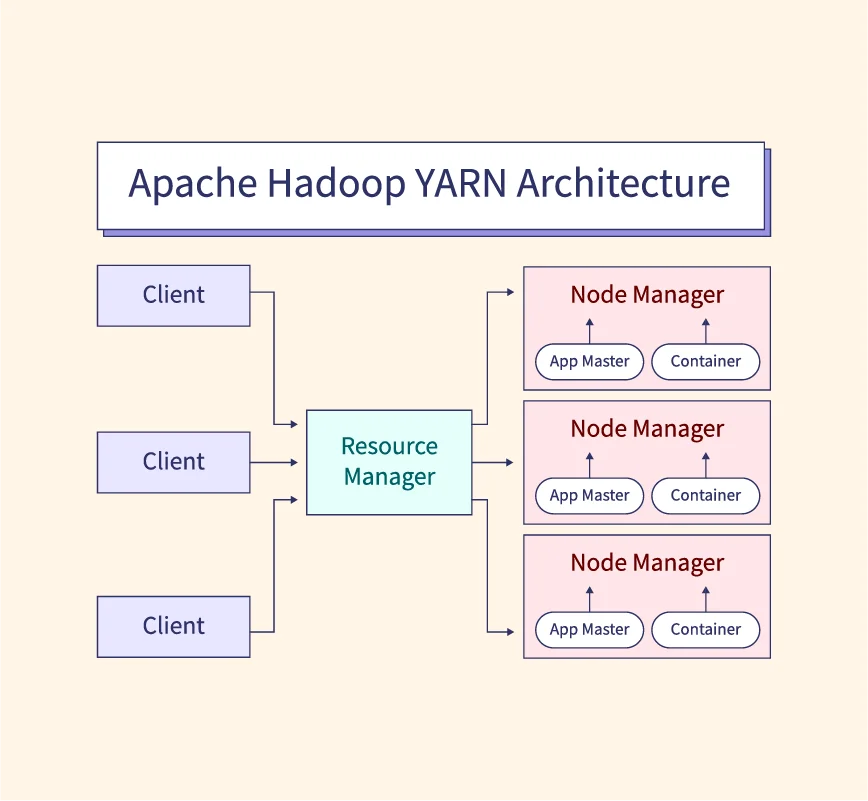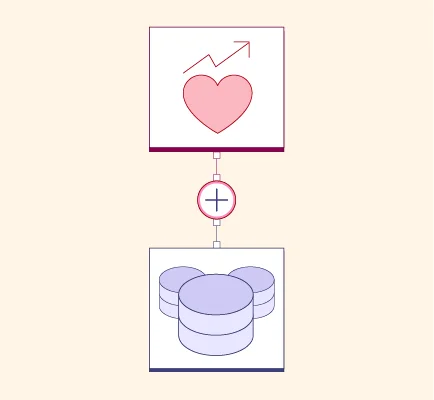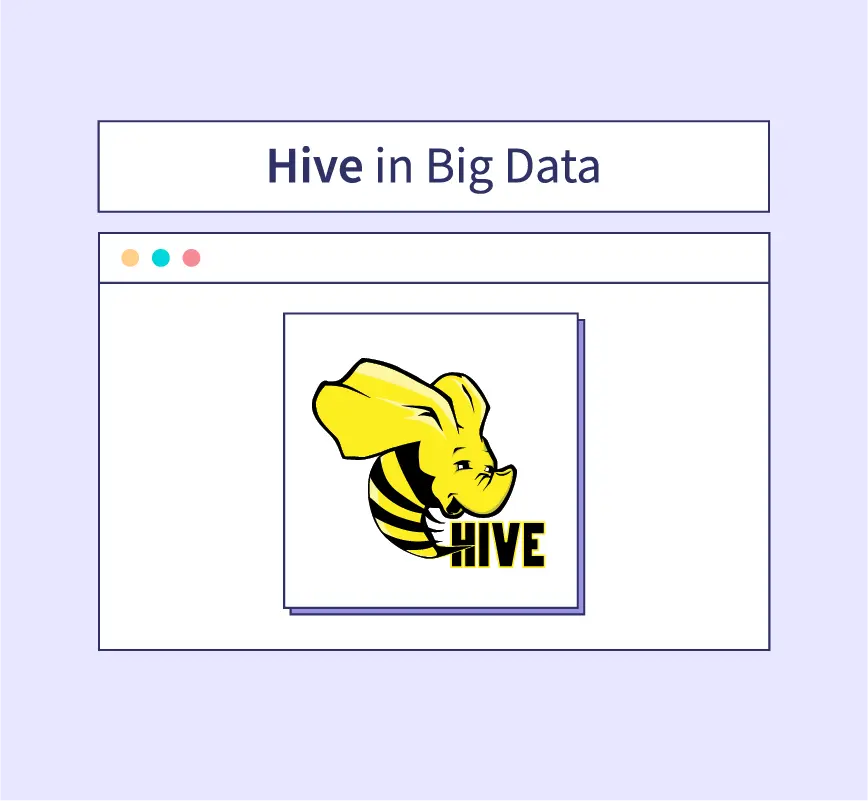Reasoning is a key component of artificial intelligence (AI), allowing systems to make logical inferences and solve problems. Two essential strategies for reasoning are forward chaining and backward chaining. These approaches are commonly used in AI systems to derive conclusions or find solutions based on a set of facts or rules.
Both forward and backward chaining play a critical role in expert systems, helping the AI reach logical outcomes efficiently. This article will explain these two strategies, how they work, their differences, and when to use each.
Inference Engine
An inference engine is the core component of expert systems and rule-based AI models. It applies logical rules to a knowledge base to derive conclusions or make decisions. The engine uses reasoning strategies—such as forward chaining and backward chaining—to search through data or rules and provide answers.
In forward chaining, the engine starts with known facts and applies rules to draw conclusions. In backward chaining, it begins with a goal and works backward to check if available facts support it. This reasoning process allows AI systems to solve complex problems logically.
Horn Clause and Definite Clause
Horn clauses and definite clauses are fundamental logic structures used in knowledge representation, especially in forward and backward chaining.
- Horn Clause: A logical statement with at most one positive literal. It typically takes the form of an implication (if-then rule).
- Example: A∧B⇒C
This means if both A and B are true, then C must also be true.
- Example: A∧B⇒C
- Definite Clause: A type of Horn clause that has exactly one positive literal. It’s used in rule-based reasoning systems to represent knowledge.
- Example: Rain⇒Wet
This states that if it rains, the ground will be wet.
- Example: Rain⇒Wet
Forward Chaining
What is Forward Chaining?
Forward chaining is a data-driven reasoning strategy in AI. It starts with known facts and applies rules to generate new facts or reach a conclusion. The process continues until no more new facts can be inferred or a goal is achieved. This approach is often used in expert systems for tasks such as troubleshooting and diagnostics.
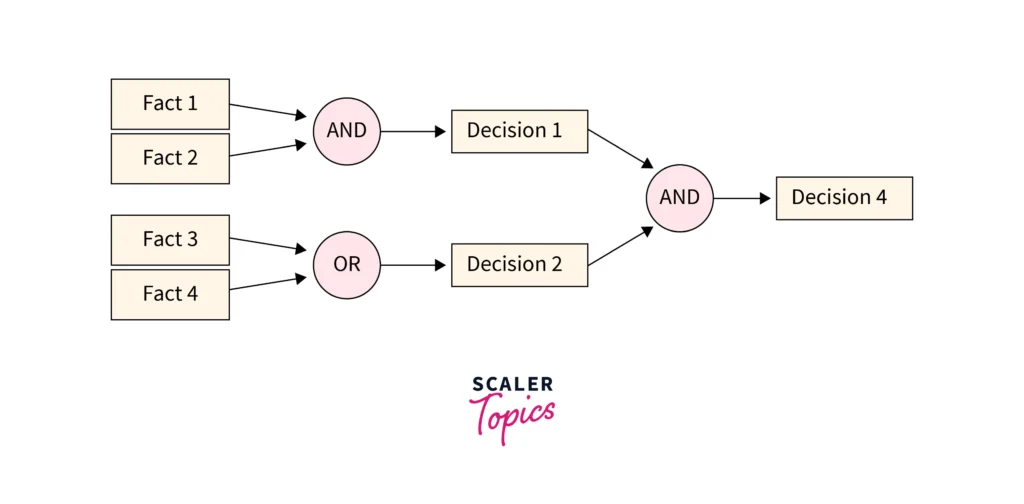
Properties of Forward Chaining:
- Data-Driven: The reasoning starts from available data (facts) and works toward a goal.
- Bottom-Up Approach: It builds knowledge from facts, gradually moving towards conclusions.
- Breadth-First Search Strategy: The inference engine explores multiple rules simultaneously, applying them step by step.
- Possibility of Irrelevant Rules: Forward chaining may explore rules that do not contribute to the final solution, making it less efficient in some cases.
Example of Forward Chaining:
Let’s consider a medical diagnosis system where the goal is to determine if a patient has the flu. The system starts with known facts:
- Fact 1: The patient has a fever.
- Fact 2: The patient has a sore throat.
- Rule: If the patient has a fever and sore throat, they might have the flu.
The system applies the rule, leading to the conclusion that the patient might have the flu.
Conversion of Facts into First-Order Logic (FOL):
In forward chaining, facts are often represented in First-Order Logic (FOL) to apply rules systematically. For example:
- Fact: Fever(John)
- Rule: Fever(x) ∧ SoreThroat(x) → Flu(x)
The system identifies John as the subject and applies the rule to infer that John might have the flu.
Backward Chaining
What is Backward Chaining?
Backward chaining is a goal-driven reasoning strategy used in AI. It starts with a goal or hypothesis and works backward to determine if the available facts support the goal. The process continues by recursively breaking down the goal into smaller sub-goals until either all facts are verified or no more supporting data is found.
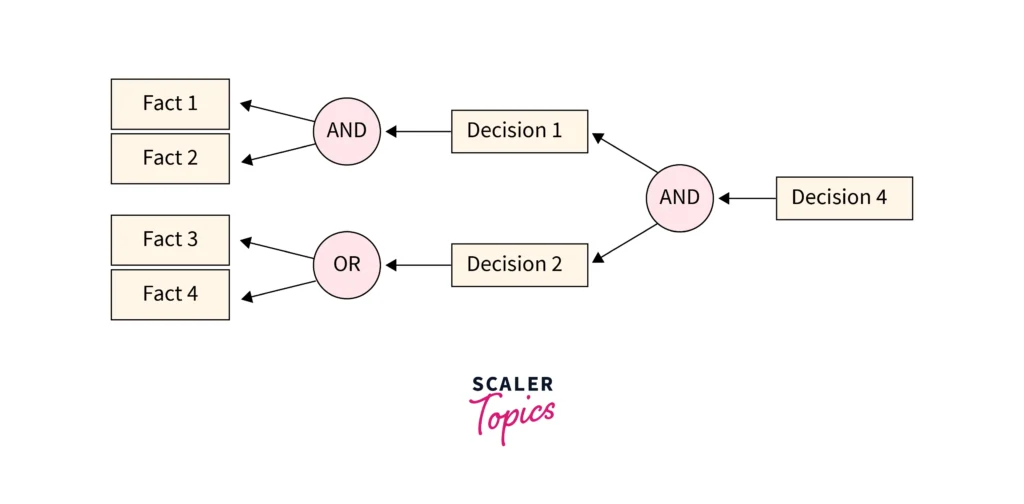
Properties of Backward Chaining:
- Goal-Driven: Reasoning begins with a desired goal and searches for evidence to support it.
- Top-Down Approach: The system starts from the goal and works back to find relevant facts.
- Depth-First Search Strategy: The inference engine follows a path deeply before exploring other possibilities, prioritizing each goal or sub-goal in sequence.
- Possibility of Infinite Loops: If not handled properly, backward chaining may get stuck in loops while looking for evidence to support the goal.
Example of Backward Chaining:
Consider the same medical diagnosis system with the goal of determining if a patient has the flu.
- Goal: Does the patient have the flu?
- Rule: If the patient has a fever and sore throat, they might have the flu.
- Sub-goals:
- Verify if the patient has a fever.
- Verify if the patient has a sore throat.
The system works backward from the goal (flu) and checks if the patient’s symptoms (fever and sore throat) match. If all sub-goals are verified, the system concludes that the patient likely has the flu.
Difference Between Forwarding Chaining and Backward Chaining
| Aspect | Forward Chaining | Backward Chaining |
| Approach | Data-Driven: Starts from facts and applies rules to reach conclusions. | Goal-Driven: Starts with a goal and works backward to verify if facts support it. |
| Search Strategy | Breadth-First Search: Explores multiple rules at the same level. | Depth-First Search: Focuses deeply on one path before trying others. |
| Direction | Bottom-Up: Moves from facts to conclusions. | Top-Down: Begins with the goal and works towards the facts. |
| Efficiency | May explore irrelevant rules, potentially reducing efficiency. | Risk of getting stuck in infinite loops if not managed properly. |
| Memory Usage | Can require more memory as it processes multiple rules at once. | More memory-efficient as it focuses on specific goals or sub-goals. |
| Complexity | Easier to implement for systems with many rules and data. | Can be more complex due to recursive searches for supporting facts. |
| Performance | Performs better when all relevant data is known upfront. | Works well when only specific information or goals are of interest. |
| Examples of Use Cases | Troubleshooting, diagnostics, and prediction systems. | Query systems, expert systems, and decision-making models. |
Conclusion
Forward chaining and backward chaining are key reasoning strategies in AI. Forward chaining moves from facts to conclusions, making it ideal for tasks like troubleshooting, while backward chaining starts with a goal and works backward to validate facts, fitting query-based systems.
The choice between these strategies depends on the task—forward chaining is useful for exploration, while backward chaining works best for targeted decision-making. Both approaches enhance AI models by enabling logical reasoning for different types of applications.
